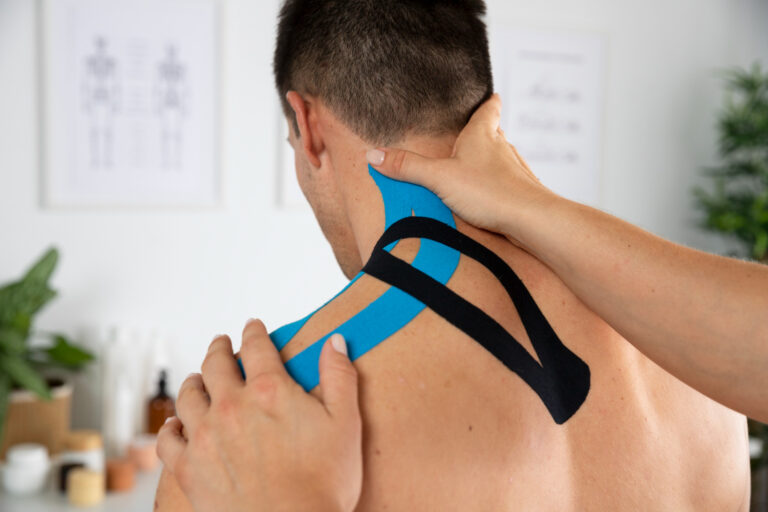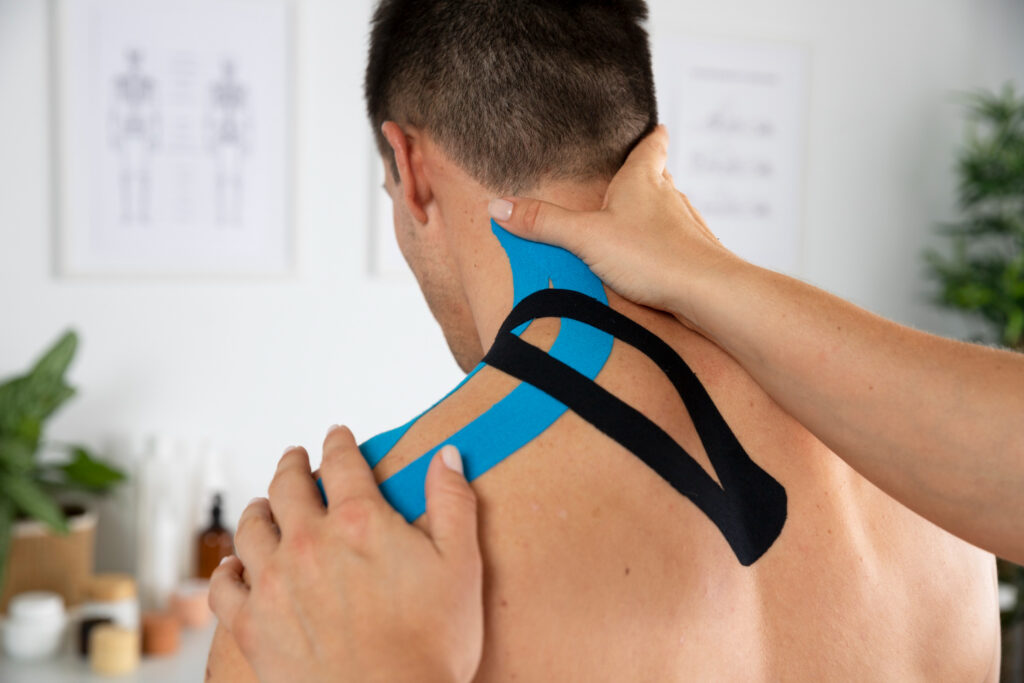
Injuries are an inevitable part of sports, but how athletes bounce back can define their entire careers. Whether it’s a torn ACL, a stress fracture, or chronic tendinitis, the road to recovery is no longer just about rest and rehab. Today’s athletes are embracing a smarter, more strategic approach to healing—combining science, technology, and precision training to come back stronger and prevent future setbacks.
The modern recovery process often begins before the injury is even fully diagnosed. Advanced imaging and motion analysis tools can detect micro-damage, muscular imbalances, and dysfunctional movement patterns that traditional exams might miss. By pinpointing the true source of stress, sports medicine teams can tailor a rehab plan that addresses root causes, not just symptoms.
Once recovery is underway, athletes have more tools than ever to accelerate healing. Physical therapy still plays a central role, but now it’s paired with modalities like cryotherapy, red light therapy, neuromuscular electrical stimulation (NMES), and blood flow restriction training. These methods help maintain muscle mass during periods of limited mobility, reduce inflammation, and restore function faster.
Mental recovery is also gaining recognition. The emotional toll of injury—especially long-term ones—can lead to anxiety, depression, or fear of re-injury. That’s why more athletes are working with sports psychologists to rebuild confidence and motivation. Visualization exercises, goal-setting routines, and mindfulness training are often integrated into the rehab process to keep athletes mentally engaged even when they’re sidelined.
Wearables and data tracking have become crucial during recovery. Devices that monitor range of motion, joint loading, and muscle activation provide real-time feedback during exercises. This allows therapists and trainers to tweak movements on the fly and avoid re-aggravating healing tissue. For athletes, it creates a sense of control—each rep becomes a measurable step toward their comeback.
As athletes transition back to full activity, return-to-play protocols are stricter and more individualized than ever. Gone are the days of simply passing a physical and jumping back into competition. Now, biomechanical tests, force plate assessments, and sport-specific drills are used to confirm readiness. Some teams even run simulated game scenarios to expose athletes to decision-making under stress before they step back onto the field.
But perhaps the biggest shift is in prevention. Recovery no longer ends when the pain does. Strength and conditioning programs are now being redesigned to build resilience in areas previously injured, address asymmetries, and reinforce proper movement mechanics. Recovery days are baked into training schedules, and data is constantly reviewed to flag early signs of fatigue or compensation.
Athletes who once saw injury as a career threat now treat it as a temporary detour—a chance to learn, rebuild, and evolve. The path back isn’t just about healing—it’s about transformation. With the right recovery strategy, today’s setbacks can become tomorrow’s edge.

Lorem ipsum dolor sit amet, consectetur adipiscing elit. Ut elit tellus, luctus nec ullamcorper mattis, pulvinar dapibus leo.
Lorem ipsum dolor sit amet, consectetur adipiscing elit. Ut elit tellus, luctus nec ullamcorper mattis, pulvinar dapibus leo.